Field Crop Update, August 18, 2023
Erik Smith, Area Field Crop Specialist
Central New York Dairy and Field Crops
1. Field Observations
The diseases have started to show up in corn and soy crops. Specifically, northern corn leaf blight (2 top photos) and white mold (2 bottom photos). While rescue treatments are not economical at this point, infestation is important to note for future crops. Rotation always helps (at least some) but be mindful in the future of the weather conditions and condition of the crop at flowering to see whether a fungicide application is necessary in fields with a history of these diseases. Seek out resistant or tolerant varieties if possible!
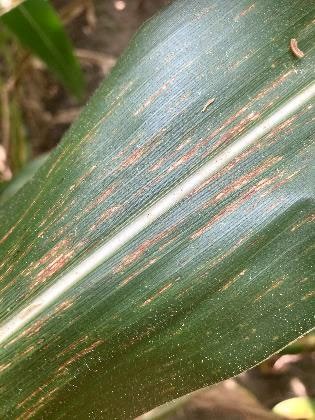
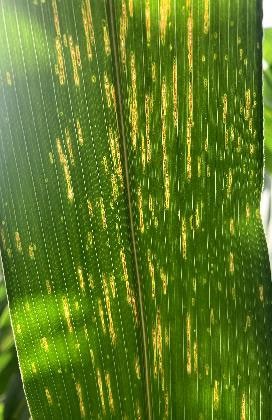
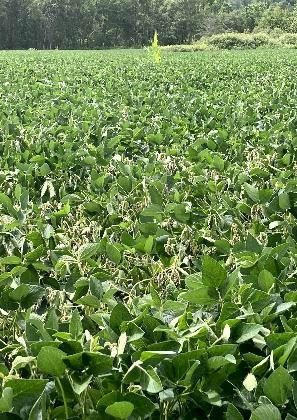
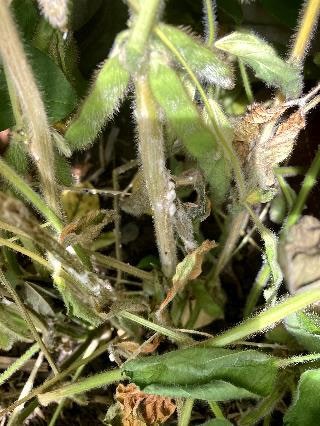
2. Growing Degree Days (See: Climate Smart Farming Growing Degree Day Calculator)
Growing degree days (GDD) are calculated by taking the average daily temperature and subtracting the base temperature for development of a given organism ((High + Low)/2 - base temp = GDD). For corn, we are using base 50/86, as corn development starts at 50 degrees F and ceases above 86. Check your location, planting date, and silking date. Silage corn needs 750-800 GDD (depending on hybrid maturity) after silking to reach a whole plant DM of 32%. Under typical late season dry down conditions we can expect the crop to reach 35% DM four to seven days later (Remember that we can expect to accumulate 20-25 GDD per day, or even up to 30, so this is not a large window). For more details, see this article. No matter what the numbers say, always check your crop to see how close you may be to harvest:
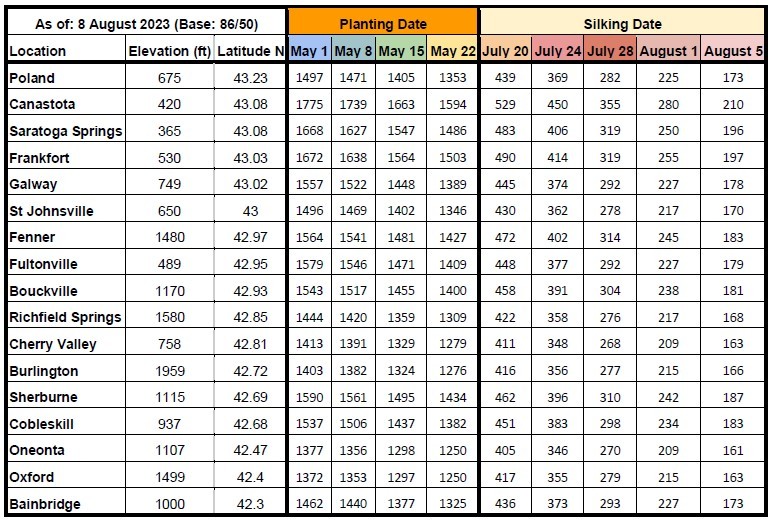
3. Pest Monitoring
Potato leafhopper (PLH) in alfalfa - Fields sampled by Ashley Bound and Emily Anderson (CCE Chenango), working with local FFA chapters across our region to sweep alfalfa fields this year (funding provided by the Chobani Community Impact Fund).
Fields elsewhere in our region that are usually swept were either recently cut or the weather prevented us from sweeping this week. So we'll try again next week:
Action thresholds are determined by comparing average crop height and average number of potato leafhoppers per sweep (at least 3 sets of 10 sweeps in different parts of the field) using a 15" diameter sweep net.
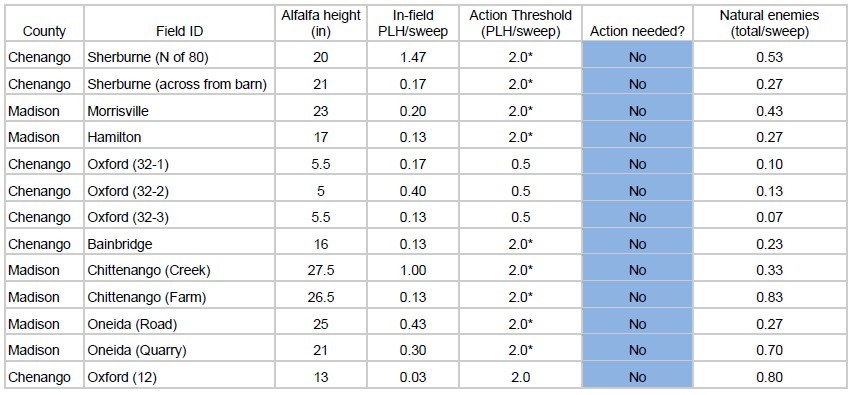
*No action needed if crop is within 1 week of cutting. If not, use a short-residual insecticide.
Upcoming Events
New York State Fiber Conference
June 9, 2024
Bouckville, NY
Theme for this year: Quality Matters
Announcements
Cash Rent and Custom Harvest Survey
To date, there is limited information available about rental rates and fees for crop harvesting. Farms can use this valuable information for their farm business planning to help improve decision making and profitability.Farmers Can Join MeatSuite For Free!
MeatSuite.com is a free resource provided by Cornell University where NY meat farmers can create a farm profile and list their bulk (wholes, halves, quarters) and bundled (i.e. Grilling Bundle) meat products.Why should farmers join?
1. It's free and easy!
2. Connect with more local customers. In the past year the MeatSuite.com farm directory had 8,300 visits from New York consumers. Farm profiles get as many as 25 views per month from potential local customers. We also spotlight MeatSuite farms on social media and bring attention and purchases to farms through highlights and giveaways.
How do I join?
Farmers can visit https://www.meatsuite.com/farmers/ to create a free farm profile. You must list at least one product for your farm's profile to go live. You'll also have access to Cornell's free Meat Price Calculator, a helpful tool for pricing your meat to make a profit.
While you're on MeatSuite, check out the "Creating Consumer-Friendly Bulk Meats" publication on the log-in page. It has tips on how to create bulk meat products that are easier for first-time buyers to say "yes" to.
If you have any questions as you create your farm profile or products, we're here to help! Please email Matt LeRoux at mnl28@cornell.edu.




